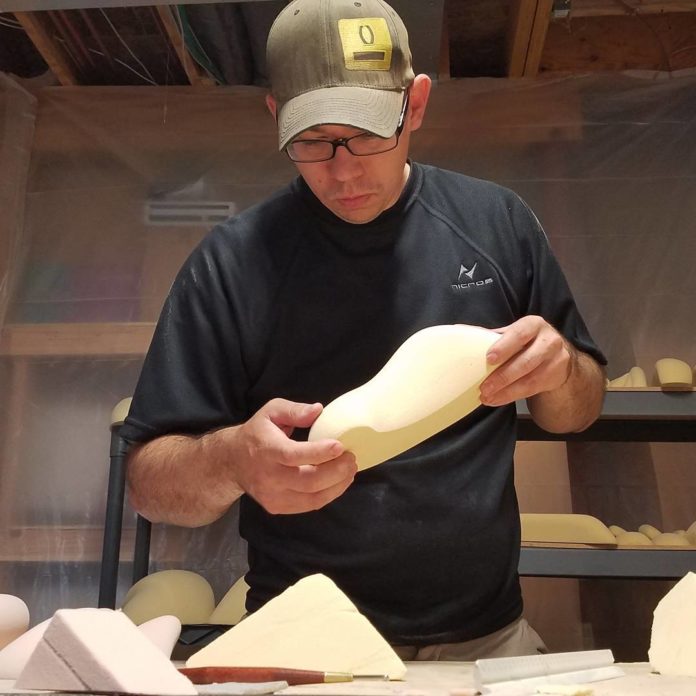Behind the Closures…is a series that interviews people who are part of the climbing industry during the Coronavirus (COVID-19) crisis. It takes a close look at how the situation is impacting facilities, companies and communities around North America.
For this installment, CBJ chatted with Andy Nelson (@andy.nelson739), the President of Method Grips (@methodgrips), about how this pandemic is impacting the handhold sector of the industry. Like all of us, Nelson has been missing those gym sessions lately, so the interview also delved into the topic of home walls and how to keep the stoke alive amid the ongoing stay-at-home orders.
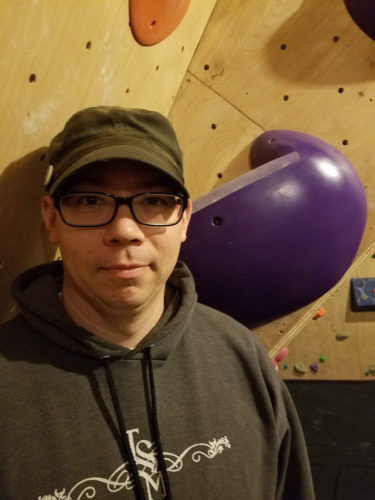
Name: Andy Nelson
Title: President, Method Grips
Location: Shakopee, Minnesota
CBJ: Can you explain where Method Grips was at prior to this whole pandemic and where things are at now?
NELSON: My wife and I just took over ownership of Method at the beginning of the year…just before the craziness hit. I would say that the brand was moderately successful prior to the virus; we were making enough money to maintain steady growth. Like most hold companies, our business plan focused on providing holds to the gym market. I would estimate that 80-90-percent of all our hold sales are to gyms or distributors selling in gyms in other countries. As soon as the gyms were closed that entire market disappeared.
CBJ: So what are the day-to-day operations at Method Grips like right now?
NELSON: Our day-to-day operations have not changed much at all. Like many hold companies we outsource our manufacturing. All our holds are produced at Aragon Elastomers. I still do the day-to-day things like responding to emails and communicating with Aragon. My wife and co-owner Janell keeps an eye on the finances, and our partner Kevin handles social media. We don’t really have employees and most things are done from the kitchen table. Pretty much everything else has changed though. Aragon is operating at a limited capacity, so despite seeing fewer orders, lead times have remained the same. They, like so many other companies, are trying to figure out what the new normal is and how to adapt to it. One thing is for sure: the industry will never be the same.
CBJ: At CBJ, we’ve reported that this pandemic has brought to the forefront the industry tier of home walls. That’s not a sector that many hold companies have traditionally marketed to in a substantial way. Do you think that will change now?
NELSON: The explosion of the home wall market has been the most interesting thing about the pandemic business wise. Home walls were such a niche area of the market previously. Those people who had them—or were building them—understood the existing market and worked within it to get the holds and hardware they needed. That has now completely changed.
Climbing gyms have developed very specific needs when it comes to climbing hold purchases: They demand the highest quality plastic and shapes; they see the value of high-end materials and professional shapes and are therefore willing to pay more for them. Color matches are also extremely important. When ordering they want specific shapes in specific colors to meet their needs. Because of this, most holds are made-to-order. Gyms tend to be OK waiting on production in order to get exactly what they need. Hold companies have recognized this and built their businesses around the needs of gyms. This is most certainly true for Method. Unfortunately, that comes with a higher price tag. A price tag that home wall owners so far have not been willing to pay.
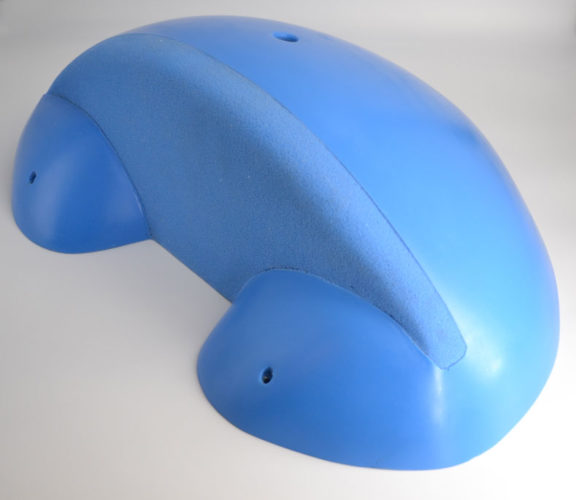
This new crop of home wall owners wants much different things than the gyms. They want the cheapest holds they can find—and they want them now. The value of the best materials and shapes is not as recognized. This may be because of a lack of hold knowledge or budget constraints. I don’t think a lot of new home wall builders realize how expensive building one would be. Convincing them that more expensive holds are that way because they are better quality—and therefore a better value—is difficult. It can be hard to get over the sticker shock of hold prices.
So, right now we are in the middle of this interesting contrast. People want our holds but don’t see the value in what we are offering. They only see the price tag. But without any revenue coming from gyms, home wall owners are the only source of income for hold companies. The question becomes: How do we educate hold buyers on the value of what we offer, reduce sticker shock, and provide more of what they are looking for?
CBJ: You said the industry will never be the same. How exactly do you see the industry evolving?
NELSON: Hold companies are being faced with some hard questions right now. For Method the biggest question is, “How do we survive?” Demand for our holds by home wallers is nonexistent due to our long lead times and high price point. We could look at pouring a cheaper, lower-quality plastic, but changing over would cost money—and to be completely honest, offering a lower-quality product is something we are unwilling to do. Our only option is to lower our prices as far as we can.
Climbing hold company margins have always been incredibly thin. No one in the industry is getting rich making and selling climbing holds. Companies slashing the prices of their holds have serious consequences. Not to dive too deeply into the economics of the climbing hold world, but we factor our margins over the production cost of the holds. That margin needs to cover everything else it takes to keep a hold company alive…everything from molding new shapes to sales commission, insurance, website fees, etc., are covered by that margin. When holds are sold for 30-, 40-, or even 50-percent off, most of the money to keep the business going goes away.
Method is currently offering 40-percent off all holds. That is pretty much our entire margin. We, like many other companies, have decided that making next-to-nothing on our holds with discounts like this is our only option. Our only hope is to obtain enough sales to stay alive. Any aspirations of growing our line or making any profit whatsoever went away when the virus arrived.
Don’t feel bad for us though. The situation is dire for a lot of people in a lot of industries. Now is the time for all of us to come together and lift each other up. I hear from gyms selling off their holds in order to make payroll and it breaks my heart. It’s our goal to help these gyms as best we can. Once they are reopened and back on their feet, we pledge to do everything we can to help them restock their gyms with fresh new holds. If a gym is doing everything they can to take care of their people, Method will be there to take care of them when the time comes.
As far as the industry evolving, I see it going two ways. Those of us focused on the gym market and outsourcing our manufacturing have to stay the course and wait for the gyms to reopen and get back on their feet. We simply are not agile enough to meet the demands of the home wall customer fast enough. Without money coming in, growth is going to slow way down—if not stop entirely. We will probably see some new shapes in the near future because many companies had committed to molding new shapes for the now-cancelled Climbing Wall Association (CWA) Summit before the virus hit. Method, for example, has two full series that were supposed to debut at CWA. After that I don’t see companies being able to release new shapes for a long time.
On the other end of the spectrum is the segment of companies that are more focused on the home wall market. The market is booming for them right now. Often these are the ones producing their own holds. This allows them to adapt more quickly to meet the demands of a home wall customer. There are also the brands selling a lower quality material at a lower price point. These companies can excel in the current market by providing cheap holds quickly. They will continue to boom as long as new home walls are being built at this insane rate. There is a finite number of climbers with both the resources and space to build a home wall though. My fear with this is the market will max out and the bubble will burst. What is going to happen to all these home walls once the gyms reopen?
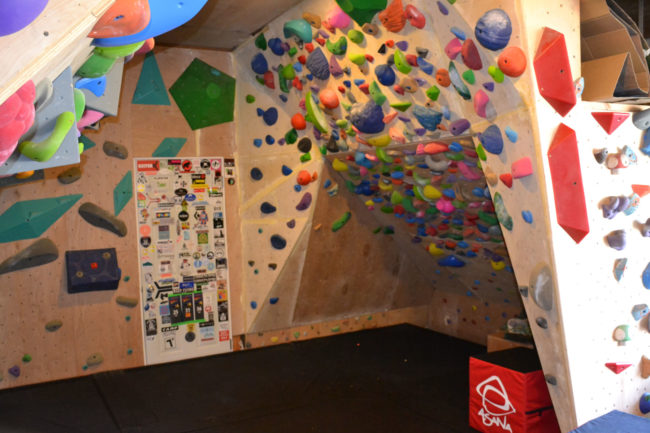
CBJ: I’ve talked to a lot of climbers around the country who are wondering how gyms might handle the matter of hygiene once they reopen. I want to get your specific take since your world is handholds. How do you envision the future for gyms while the virus is still around?
NELSON: To be honest, I don’t really know. I don’t think anyone really knows yet. The thought of cleaning and sanitizing all the holds in a gym sounds miserable and unobtainable if it needs to be done on a regular basis. I think the only thing that can be done is have individual accountability: washing hands before and after climbing, not touching your face, not going to the gym sick—all the common sense stuff that we should’ve been doing all along.
As long as the virus is around there will be a certain amount of risk, but that goes for doing anything, not just going to the gym.
CBJ: Let’s talk about your home wall a bit. Tell me a little bit about the setup you built…and is there any wall wisdom you could pass along for would-be home wall builders?
NELSON: Alright, something less depressing! This is actually home wall number two. Our first wall was in this tiny room in the basement of our old house. It was terrible. Tiny, barely any holds, and outdoor crash pads for flooring.
Our current wall was built almost six years ago in the three-stall garage of our house. The garage is 10 feet tall. The wall is 600-something square feet and just shy of 5,500 t-nuts. The main walls are a 12-foot-wide, 45 degree wall, and a 12-foot-wide, 30 degree wall…12-foot and 10-foot climbable length, respectively. We set these walls monochromatically with a reset roughly every three months. Behind those walls is a smaller spray wall that is 55 degrees to 20 degrees at the top. There is also a 6-foot-tall vertical kids wall, a small campus board, and a hangboard station. For flooring we went with Asana drag pads (12 of them) with Velcro seems.
Currently we have more than 2000 holds and around 100 volumes. Possibly the best benefit of being a shaper is not paying for holds. Part of my payment for designing is production copies of my shapes. Despite that, we still have bought plenty of holds over the years. All together we have spent somewhere around $10,000 for our setup—not counting holds.
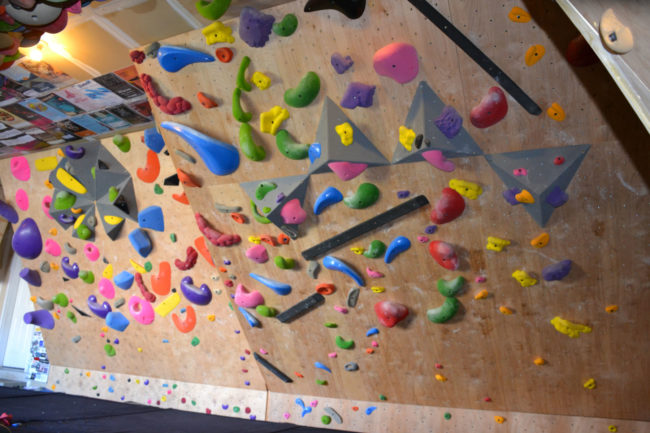
As far as wisdom goes, I could go on for days but here are a few things:
- You will spend more than you think. Everything adds up quickly.
- Don’t use cheap materials. You will get out of your wall what you put in.
- Screw in T-nuts! Just buy them, trust me.
- Flooring. Professionally-made, designed-for-climbing-walls flooring. Not outdoor crash pads, not gymnastics pads, not rubber mats. No, mattresses are not the “best” solution. People will tell you these options are fine. No, no they are not. I know it’s expensive, but you know what will be more expensive? Hospital bills from a broken ankle or blown-out knee…or worse. Plus, with injury comes extended periods of no climbing. If you are going to train hard on your wall, chances are you are going to fall hard too. Why risk it?
- Holds are expensive. Good holds even more so. Remember, you get what you pay for. Also, prepare to get addicted. You’ll always want to add more.
- Facebook experts are not experts. Just because they did it and it’s “fine” doesn’t mean it’s the right solution for you. No one online wants to admit that what they did wasn’t the best or smartest option. When in doubt contact an actual expert. Have hardware questions? Reach out to a hardware supplier. Holds? A manufacturer. They will gladly answer your questions and give you recommendations.
CBJ: Related to the above question, I think it’s natural for some folks to start shaping their own holds after they build their own wall…it is a continuation of the same DIY ethos. Is that a good idea in your opinion?
NELSON: I have a love/hate relationship with DIYers. Because of the nature of our industry and the fact that no one with intentions of making money will share their trade secrets, everyone starts out making holds at some DIY level. All your favorite hold companies started out in a garage, basement or front porch.
There is still a level of DIY in the way established hold companies operate. I do all my hold shaping in a 10-foot-by-12-foot shop in my basement. Chances are, your favorite hold was shaped in a garage at 2:00 am with a beer in hand. What separates a hobbyist from a professional is experience and quality of materials used. If you want to get serious about hold shaping or pouring, it will take some serious time and money sourcing and testing high-quality materials. For example, I tested at least a dozen types of foam before I settled on the one I am currently using.
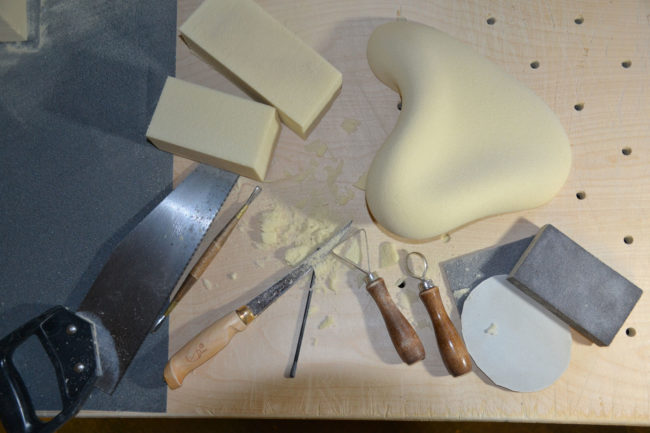
The thing that frustrates me about some DIYers is the mentality that they can make holds cheaper. I guess, depending on how you look at it, it can be. But as I have talked about before, you have to consider value. I would argue that while you may be saving 20- or 30-percent by pouring your own holds, the value of what you get doesn’t make up for the savings.
A while back I did the math to see whether it would be worth self-pouring some holds myself. What I discovered is: For roughly the same amount of money I could get 40 high-quality, professionally-made unique shapes or pour 55-60 homemade cheap holds. The kicker was that of those 55 holds there would only be 10ish unique shapes. I’d end up with more than five copies of each shape. Now add in the fact that as a new shaper your holds will suck and it becomes a no-brainer. Don’t take offense to me telling you that your shapes will suck. Every shaper sucks at first. I was terrible when I first started. Some will argue that I still am.
I’m not trying to discourage people from trying the DIY thing; however, I do think you need to do it for love or interest in the process, not because you can get cheaper holds. It is also important to note that pouring your own holds is a messy, dirty, hazardous process. Polyurethane is really bad for you—polyester resin even more so. You need to be wearing the proper PPE when working with this stuff. Respirators, eye-pro and rubber gloves are a must. And for the love of god, do not pour holds with children in the room!
One really good option to explore DIY hold making is using wood. The entry cost is pretty low. Most tools needed are pretty common and relatively cheap. The best part is every hold you make can be unique.
Finally, a word of warning. There is a lot of info on the internet about hold making. Most of it is bad. Just because someone speaks as if they are an expert doesn’t mean they are. The processes of individuals may or may not be the smartest, safest or most cost-effective. Take everything with a grain of salt. One thing I will tell you for sure is using hardware store tube silicone is not a good way to make molds. Also, I don’t care how many people tell you different, hobby store floral foam is not good enough.
Share your story
Are you leading a climbing gym or brand through this unprecedented period of gym closures? Or, do you work for a gym or company that is now closed and have a story that others could benefit from hearing? If so, please contact us and tell us about it.

John Burgman is the author of High Drama, a book that chronicles the history of American competition climbing. He is a Fulbright journalism grant recipient and a former magazine editor. He holds a master’s degree from New York University and bachelor’s degree from Miami University. In addition to writing, he coaches a youth bouldering team. Follow him on Twitter @John_Burgman and Instagram @jbclimbs. Read our interview Meet John Burgman, U.S. Comp Climbing’s Top Journalist.




